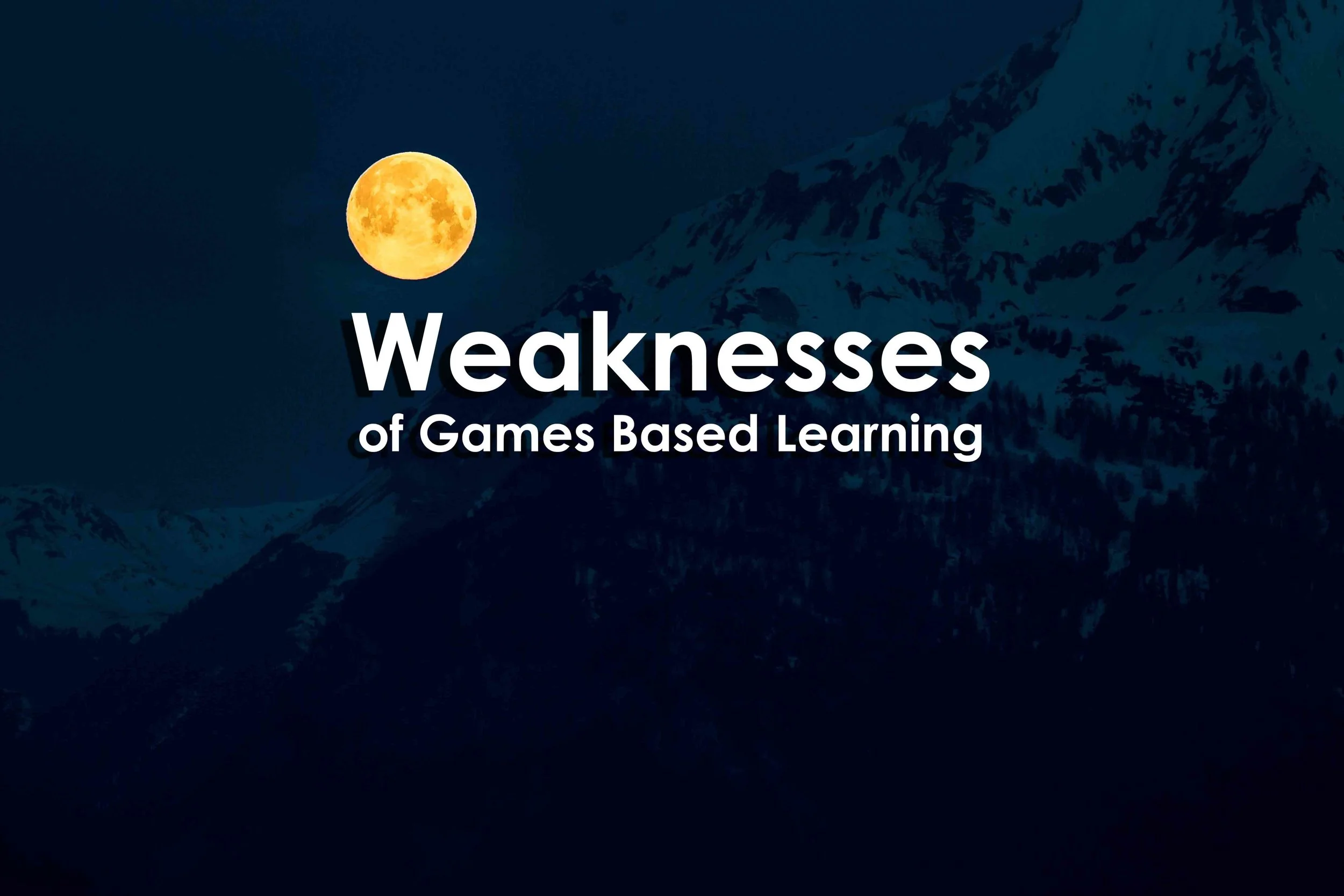This article will examine how that can be achieved though diligent focus and purposeful design. It’ll first cover the structure and use of learning objectives and outcomes for instructional design and learning experiences. These will then be compared to games-based learning and the use of games as the medium for learning.
Read MoreThis article will address how to develop, adapt, and apply existing and new games for these purposes. It’ll first cover the overall applications of games-based learning and then cover examples on how formal game elements and different criteria can be used to meet these learning outcomes. Specific types of games, formats, and modalities will be explored as well as how their specific characteristics benefit applied games-based learning. Furthermore, specific steps for how to prepare to use and design games for learning outcomes will be discussed.
Read MoreWhat makes the “ideal” board games player? Some say that it takes someone who fully understands the rules. Others would say that it’s more about those who pay attention to the game rather than be subjected to distractions. Some feel that it’s tactical play and strategic thinking that makes the ideal tabletop player.
Read MoreGames-based learning is a serious way for us to meet the needs of our students in way that is both engaging and impactful. However, there are still some limitations to games-based learning that need to be considered before educators can use it in practice. Limitations of games-based learning include the outcomes of our students; the costs of investment; as well as the shift and priorities. This article will address these weaknesses of games-based learning as well as some best practices when creating new games-based learning systems.
Read More



